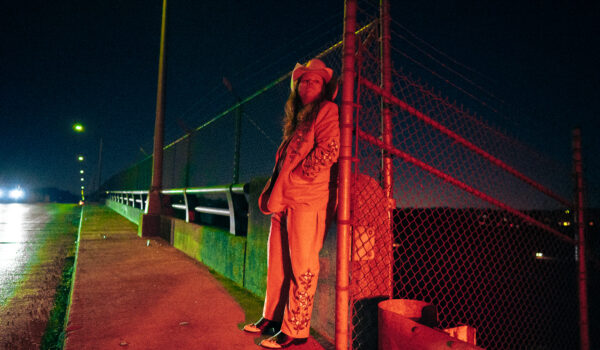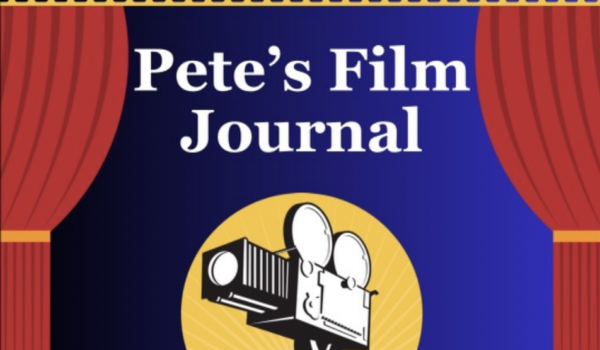David Grann’s bestselling book, Killers of the Flower Moon, is a fast-paced investigation of the murders of Osage Native Americans in the 1920s. Scorsese’s new film is a faithful adaptation that expands its scope through an intimate portrayal of its main characters, Ernest and Mollie Burkhart. It is just as fast-paced as the book, and the over 200-minute runtime is not a hindrance.
The plot revolves around the “Reign of Terror” in Osage County. The oil-rich Osage people are murdered by unknown assailants at large who hope to take control of their estates. Ernest Burkhart, played by a sullen Leonardo Dicaprio, comes to Osage County as a WWI veteran. He moves in with his affluent uncle, William Hale, played by Robert De Niro. With the hope of taking advantage of her oil headrights, Ernest’s uncle quickly influences him to find a Native American wife. The unfolding love story becomes the heart of this crime epic when Ernest falls for Mollie Kyle, a wealthy Osage woman played by Lily Gladstone.
Performance in Killers of the Flower Moon is the result of a society constructed by greed and malintent. The movie is propelled by the intense performances of its leads, Dicaprio and Gladstone, along with a vast supporting cast including Jason Isbell, Sturgill Simpson, William Belleau, and many more. The characters themselves perform through concealment: Ernest hides his motives as he appears to take care of his ailing wife, and William Hale hides in plain sight pretending to support the Osage people.
Scorsese crucially reveals the main killers’ identities early on, allowing the story to focus on the relationships from within the community. Rather than be dragged down by the mystery of detective films, we are plunged into the mind of a society rooted in conspiracy. Subtlety is avoided in favor of constant thematic clarity, driven by cinematographer Rodrigo Prieto’s active camera. The obviousness of Scorsese’s messaging can be a fault in other films of his such as The Departed, but it enacts a self-awareness that interacts with the audience in his new work.
Grann’s book focuses on the FBI’s gathering of evidence led by Tom White. Played by Jesse Plemons, Tom White does not appear until approximately two hours into the film. Scorsese’s altered perspective creates a film that is a performance in itself. Without spoiling anything, the action of performance is spectacularly enhanced by its ending. Killers of the Flower Moon is a political film based on a true story, and the audience is not innocent of the historical tragedy.








Comments